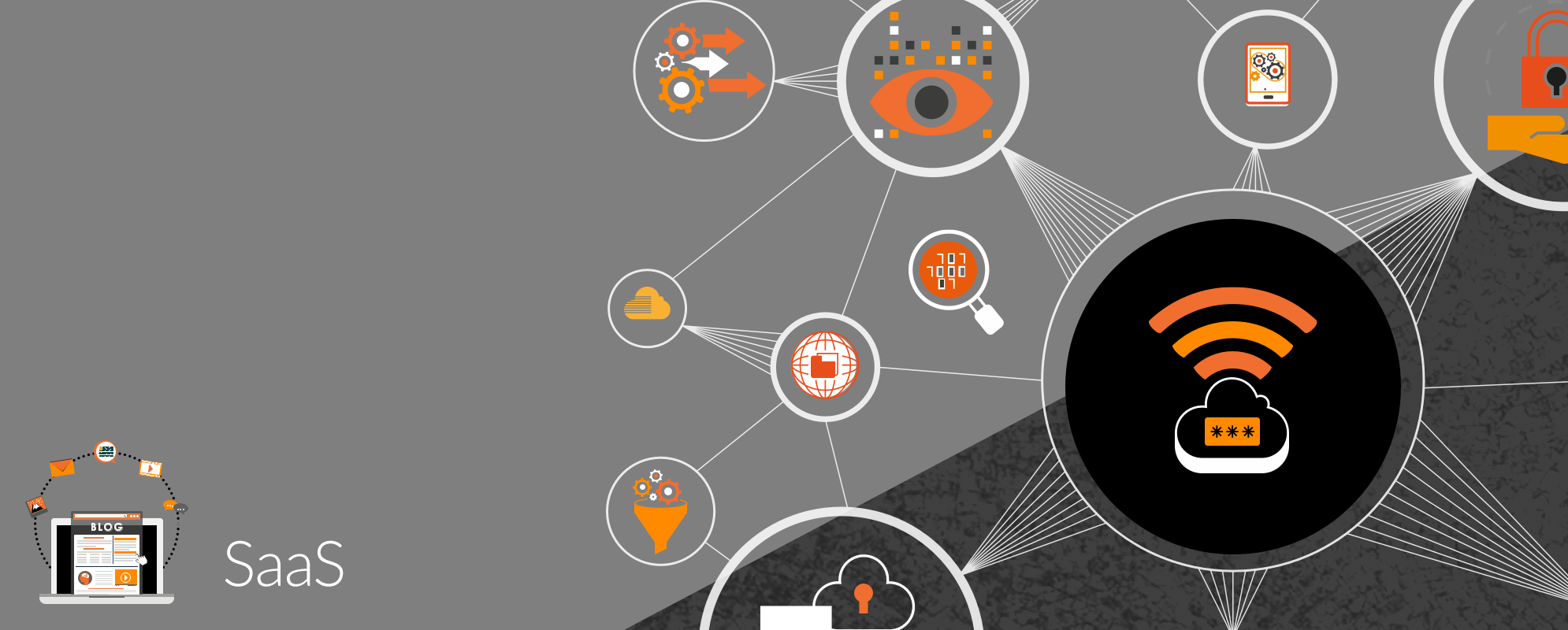
Get weekly
HubSpot updates
For SaaS companies, free trial offers are a great asset to promote as it can be difficult to convey the value of the product through the complicated and technical jargon used to describe it. It’s essential to promote your free trial offer so that customers can start experiencing your product first hand and learn about the features offered by using them.
We’ve outlined seven tips to help you promote your free trial and start onboarding new clients.
1.Define your buyer persona
First thing’s first, you need to work out who your ideal target buyer is.
To get your trial in front of the right audience, you should shape your content to serve the needs of your ideal buyer.
For example, a SaaS company that specialises in B2B enterprise resource planning software could have a persona in the retail industry that looks like an IT manager with the problem of integrating lots of different systems used in the day to day running of the business. This individual is active on LinkedIn and has a strong technical understanding
2.Create a buyers journey and follow a timeline to execute your trial promotion correctly
You need to make sure content is given at the appropriate time when the prospect wants it. This means if your audience is new and shiny with no recognition of your brand or product, you should be producing ‘awareness’ content to warm them up before you start driving them towards the more ‘consideration’ type content where you introduce them to your brand.
Where does a SaaS trial fit in then? It should be presented towards the end of your buyer’s journey because this would be considered to be a decision offer. It’s important to educate your audience with valuable content that drives them through the first few stages first so that they are prepared for content.
We find most SaaS companies going wrong by making this offer to a cold audience that has limited knowledge and understanding of the offering, therefore becoming quickly disengaged.
3.Use the right tools to capture your leads
Don’t just give the free trial away with the click of a button. Gate the content in order to obtain the prospect’s information first. This can be done by creating CTAs that lead to a landing page where you can capture leads for your business when the prospect signs up for the trial.
Because you know where your persona is in the buyer's journey, you can promote your trial by putting the CTAs in the right place and on the right content – this will prompt them to take the next step of clicking through to your trial. We see all too many companies putting their trial CTAs on the homepage, but chances are, people visiting this page are not ready to see it.
By knowing your persona, you can create relatable content for the landing page. For example, if you anticipate your prospect to be technically minded, you can state the features of the software that demonstrate how your product can solve their problem because you know they will be looking for these specifications.
4.Don’t neglect the sign-up form
The information you request from your audience on the sign-up form plays a significant role in the whole process. Someone may have been led to your landing page, but that doesn’t necessarily mean they are ready to part with sensitive data.
We know because a SaaS trial is essentially giving them your product, it's tempting to ask for credit card details. You may presume that as they have already set up the payment method, the free trial prospects are more likely to “roll”. However, this may be a big ask and simply act to deter the person from signing up in the first place. Statistics show that not asking for the banking details immediately means a rise from 2% to 10% visitor to lead conversion rate.
The length of your form could also dissuade potential customers from putting in their details. Because your free trial offer is a valuable asset, you may feel that you should get a lot of information in return, or you want to make sure the leads that come through are qualified. These are valid concerns, but you need to be moderate. With the offer being towards the end of the journey it already signals they are more qualified because they have got there. You also have the opportunity to use progressive profiling throughout their journey to gain the different info you need, so limit your form to around 4-5 fields.
5.Use the power of nurturing and remarketing
Knowing your persona will be on LinkedIn, and that they’ve looked at one of your blogs and/or downloaded content from you, means it's time to remarket your trial to them on this platform. You’ve identified they’re the right candidate for your business and you now know they are ready to move to the next stage.
It’s also important to keep nurturing your leads through emails once they have downloaded your trial. Share helpful tips that could enhance the user’s experience as they interact with your trial.
6.Make sure you offer the right features
It can be tempting to gate certain features of your software, only making them accessible to paying users. But how are you going to get them to think your product is great if they can’t use and see some of the features that show its true power and potential?
The only caveat on not offering them everything should be when your software has ten different applications, and you know your persona will only be interested in using say four of these; you may want to produce a trial that focuses mainly on showcasing these so they won't be missed when testing your product.
Also, when it comes to SaaS software access, it is normally dependent on the number of user profiles a company buys, and trials tend to follow suit by only providing one user profile. But getting buy-in from the entire business is the most important part when it comes to big ticket items like SaaS, and with a persona such as the one we are using for this example, they will be reporting to a senior stakeholder for this purchase approval. So, promoting the trial with more user profiles allows for more people within the company to experience the product.
7.Consider the length of the trial
This can be tricky to get right, so the first best practice is to promote a trial where an A/B test is being carried out, and therefore you would have two promotions running that cover two different length trials.
To determine these two different lengths, the second best practice is twofold. You should create a sense of urgency so that they don’t forget about it, or get complacent on trialling it, which in turn means a short period. But be aware that a shorter period won't allow them to use all features or get sufficiently comfortable with the new software. Therefore, a middle ground of A/B testing both 14 days and 30 days will allow you to have both.
To get the best results from promoting your trial along with these seven tips there should always be a thought out wider strategy in place in which this fits into. To find out more about promoting your free SaaS trial download our eBook below.
